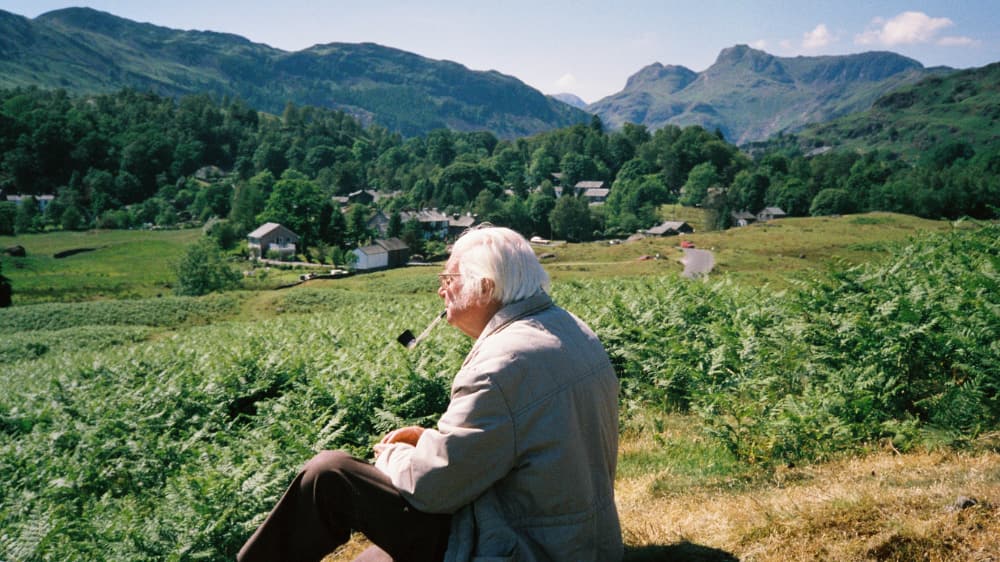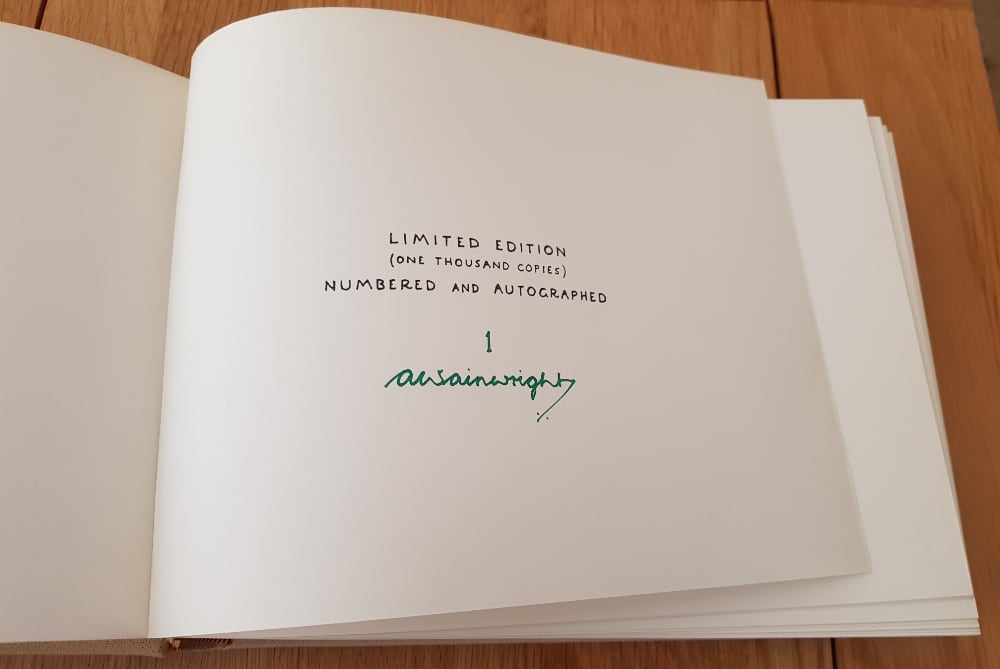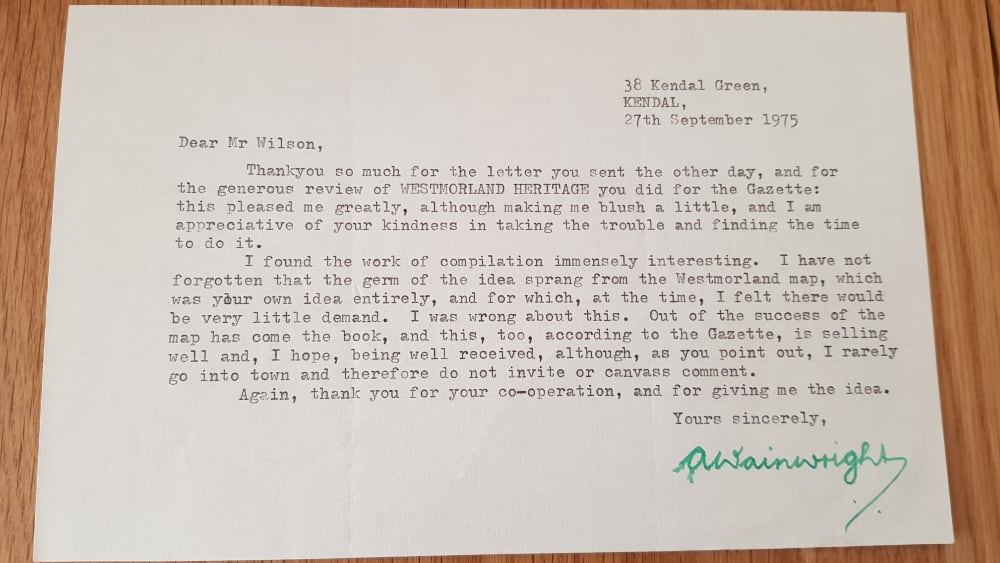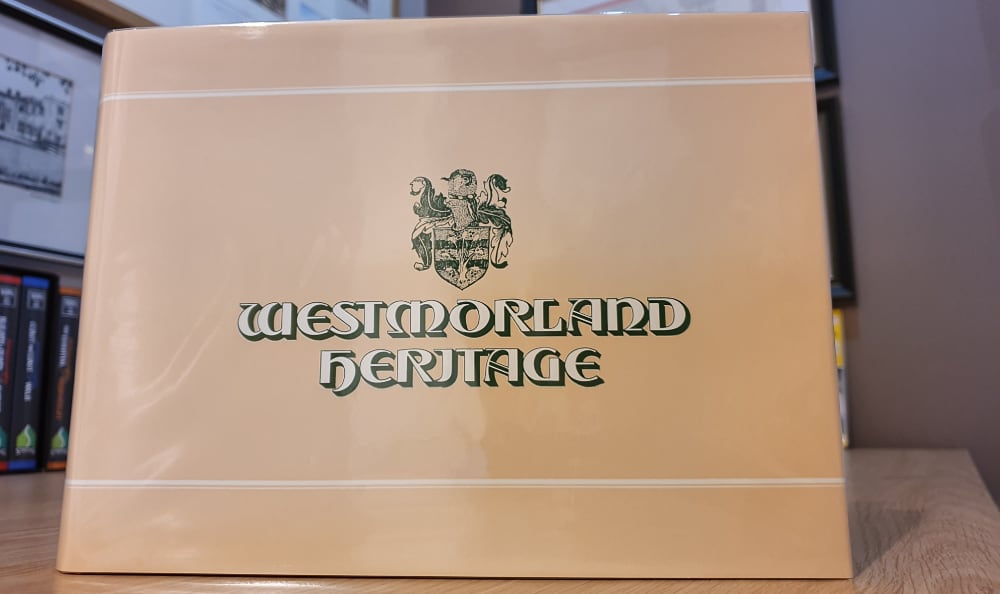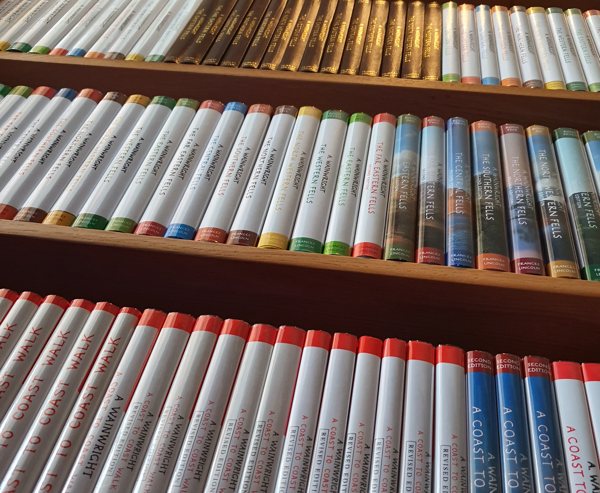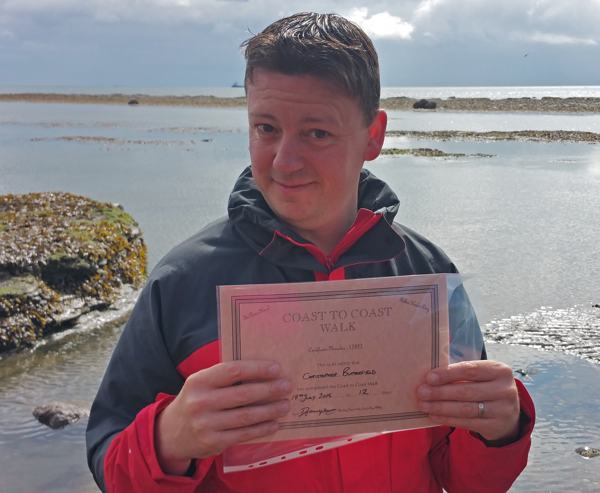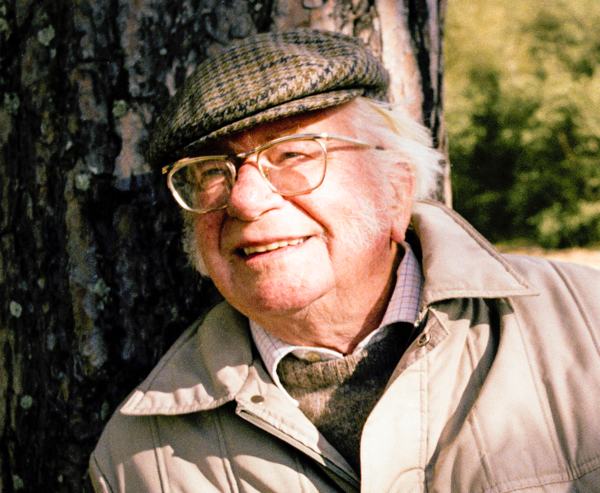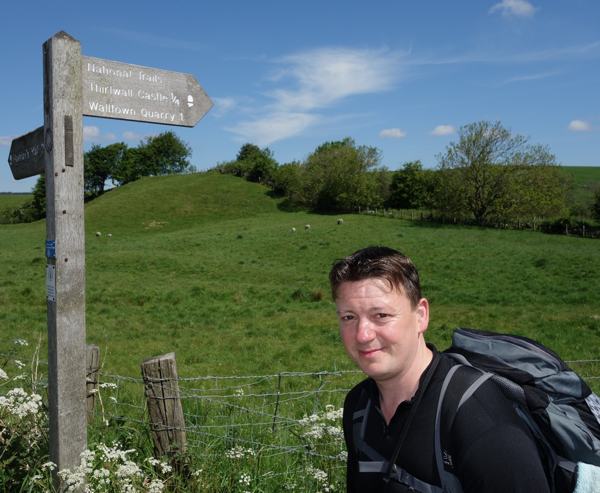“When are you going to decide who gets number one? I can’t even go to the loo without locking the door”. Andrew Nichol’s frustrations were obvious to the general manager, Harry Firth. No decision had been made as to who would receive book number one of the 1000 freshly bound copies of Wainwright’s Westmorland Heritage.
The Westmorland Gazette had no lockup to safeguard the books. The only solution was to stack them up on the floor of Andrew Nichol’s office. There was a supporting wall below, so the books had to be stacked strategically above this wall to hold the sheer weight. Andrew was constantly warning everyone who entered his office not to accidently kick the books; Something had to be done.
Storing wasn’t the only problem. Signing and numbering the books also proved a challenge. Wainwright had not yet set foot in the Westmorland Gazette premises and was not likely to. Taking the books to Wainwright wasn’t an option either – carting 1,000 books to his home in Kendal Green and back was impractical. After some thought, a workaround was found. The individual folded sheets were taken to Wainwright, who signed and numbered them, after which they were returned to the Westmorland Gazette, to be bound.
A day or two later, much to Andrew’s relief, it was decided by Wainwright that Paul Wilson should receive copy number one. Paul Wilson, Lord Lieutenant of Westmorland from 1965 to 1974 and of Cumbria from 1974 to 1980, was influential in Wainwright compiling Westmorland Heritage. It was also Paul’s idea for Wainwright to create the magnificent Westmorland Map in late 1973. He wanted the old county of Westmorland to be recorded before it was changed forever.
This book, one of Wainwright’s masterpieces, is a celebration of the old Westmorland County, featuring nearly 2000-line drawings of buildings, landmarks and scenery. Every parish in the county is meticulously recorded in great detail.
Shortly after Westmorland Heritage’s publication in 1975, Wainwright wrote to Paul thanking him for his generous review of the book and for the initial idea.
The remaining books were issued strictly in the order in which they were sold. They retailed for £11 and proved so popular that nearly 400 copies were sold before they had even been produced; the remaining books were sold within two weeks of its publication. To this day Andrew believes they should have been sold for no less than £25.
Twelve years after its publication, there were still many people still trying, unsuccessfully, to obtain a copy. Wainwright had been wrong to doubt its potential for success.
The demand led Andrew to telephone the head office of the Publishers Association, to seek advice on reprinting the book. Specifically, he wanted to know whether it would be in bad faith to those who bought the original limited edition. He need not have worried. The Publishers Association said publishing the book again would affect nothing. Its rule was that if ten years or more had passed since the original publication, and all the books had sold, then everything was okay. Wainwright also had to agree to it being reproduced. Even though the Westmorland Gazette held the copyright to his other titles, the Westmorland Heritage as a limited edition, wasn’t listed in the copyright agreement. They had long since sold out when Wainwright signed the copyright over to the Gazette in 1983.
In 1988, 3000 copies of Westmorland Heritage – Popular edition – were produced. It sold well, despite it being neither a limited nor leather-bound edition. Andrew’s good judgement paid off. It would be another sixteen years until we would see the book in print again. In 2004, Frances Lincoln published a third edition of this book, which has been out of print ever since.
In 1990, Andrew gathered all the original Westmorland Heritage printing plates, and had them framed. They proved to be popular, and even today, those featuring Lake District scenes attract high prices.
Thanks to David Rigg, the owner of Kendal printer Titus Wilson, I recently became the new custodian of all existing Wainwright book printing material, including the original gold blocking for both the Westmorland Heritage’s limited and popular editions. These fabulous one-of-a-kind blocks are now archived.
Finding the different editions of Wainwright’s masterpiece in mint unread condition, proved quite a challenge, and it took me several years to acquire all three. Although satisfied with my finds, more detective work remained if the story was to be completed: that hand-numbered first copy of Westmorland Heritage was something of a holy grail for Wainwright fans and collectors, and I needed to track it down.
I found it by sheer luck in Selby, North Yorkshire.
The original book one owner, Paul Wilson had died in 1980. During his lifetime, Paul had a great passion for windmills and watermills. His close friend, architect John Kenneth Major, was an expert on such buildings. John was born in Reading for some years lived in Kendal, where he had worked closely with Paul.
After Paul died, the book remained with his wife. She eventually gave it to John who kept it for many years. Before his own death in 2009, he sold it to Selby based book seller Anthony Vickers, who specialised in Wainwright’s publications for over twenty-five years. He was even mentioned in Hunter Davies’s Wainwright Biography. I initially became a customer of Anthony, and over time it developed into a great friendship. I was in awe when he first produced the book which came with Wainwright’s original 1975 letter to Paul. Originally, he had no intention of selling it, but two years later he approached me and decided that I should be the next custodian of the book. I was thrilled beyond my wildest dreams.
My Facebook group ‘Alfred Wainwright Books & Memorabilia’ is well into its third year. During that time, I have been surprising how many members have reached out to me, asking if I have spare copies of Westmorland Heritage, as they have been unable to find one. That suggests to me that the book deserves a fourth publication, to enable a new generation to appreciate the genius of Alfred Wainwright.


